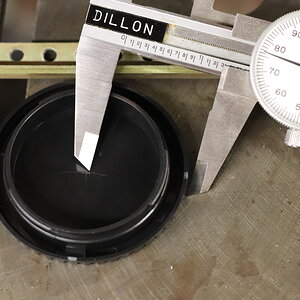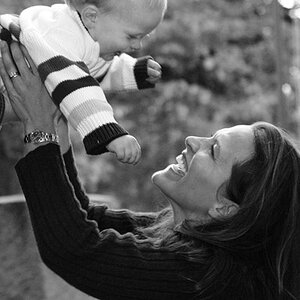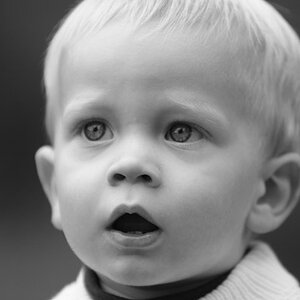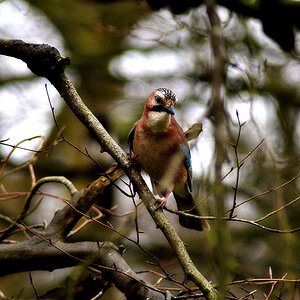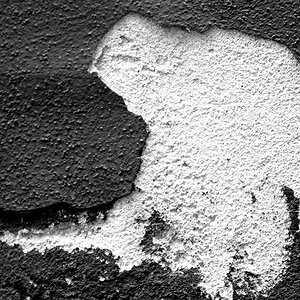- Joined
- Jun 2, 2013
- Messages
- 4,493
- Reaction score
- 4,141
Every couple of months I get hired by a salon that my friend Russell works in to photograph some models. They basically put on a hair and fashion show/ party. A clothing designer owns a boutique underneath the salon and she dresses the models in her handmade clothing. There are more photos from this set that I'll share, but this is the only one I think I'll be able to finish editing for now.
I used natural light through a window in the hallway staircase that leads up to the salon, after the sun went behind a building across the street. No modifiers, unless you want to get technical, in which case the divider for the staircase acted as a rectangular white reflector. Canon 5D MKI (Classic), Canon EF 85mm f/1.8 set to f/3.5, 1/200th sec, ISO 640.
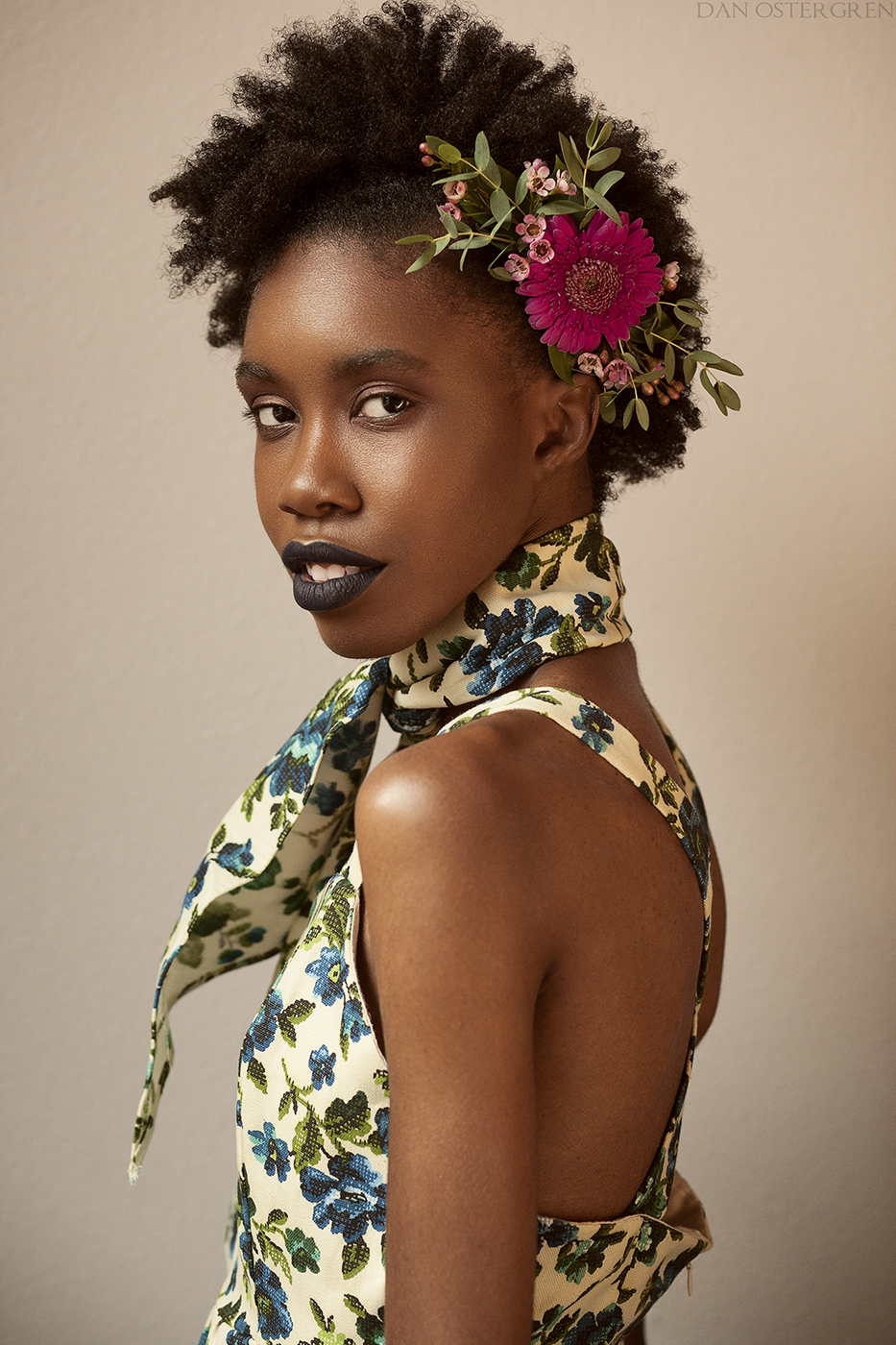
I used natural light through a window in the hallway staircase that leads up to the salon, after the sun went behind a building across the street. No modifiers, unless you want to get technical, in which case the divider for the staircase acted as a rectangular white reflector. Canon 5D MKI (Classic), Canon EF 85mm f/1.8 set to f/3.5, 1/200th sec, ISO 640.

Last edited:


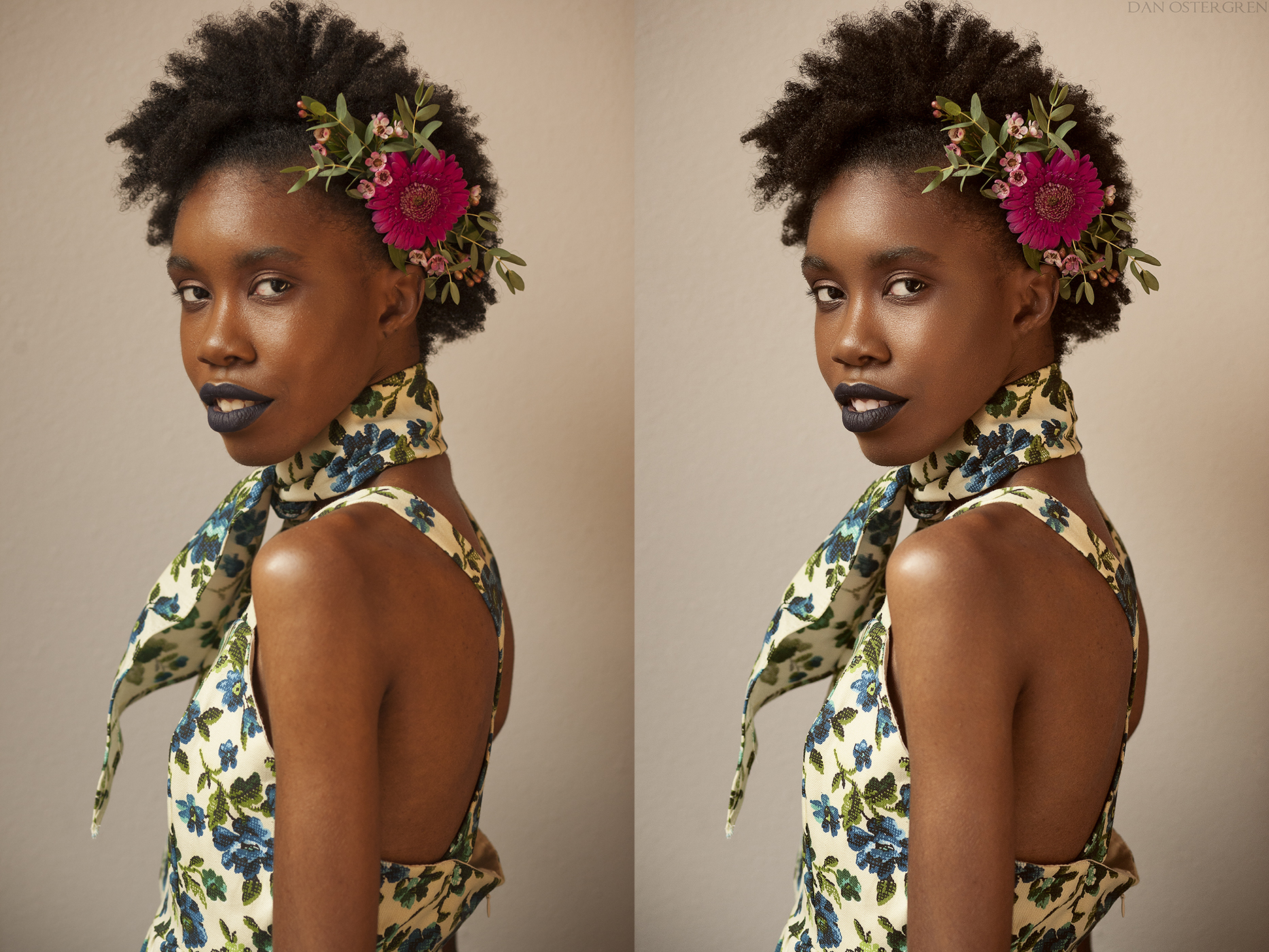
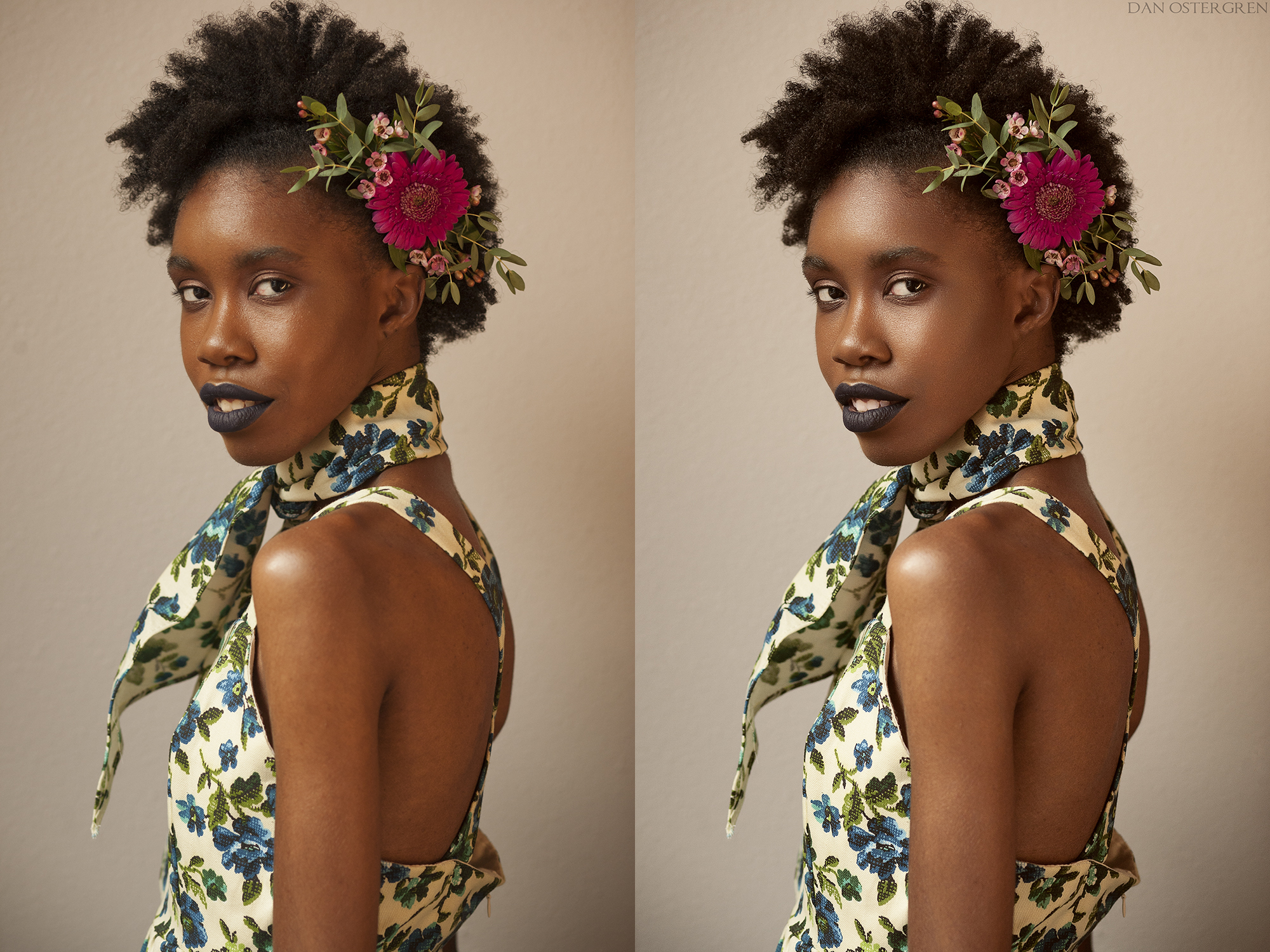
![[No title]](/data/xfmg/thumbnail/35/35952-55c8d42ec1c6ff0e13b45356cbf9c068.jpg?1619737263)

![[No title]](/data/xfmg/thumbnail/31/31038-84f0b9d14b7ced20e61bc19a9d4dfcc2.jpg?1619734581)
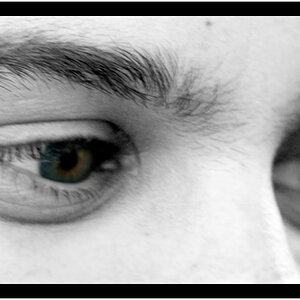
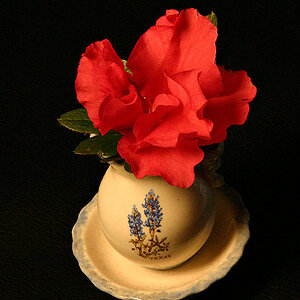
![[No title]](/data/xfmg/thumbnail/42/42060-f597479f8fd78d4bb4d17e7686fb0812.jpg?1619739996)

